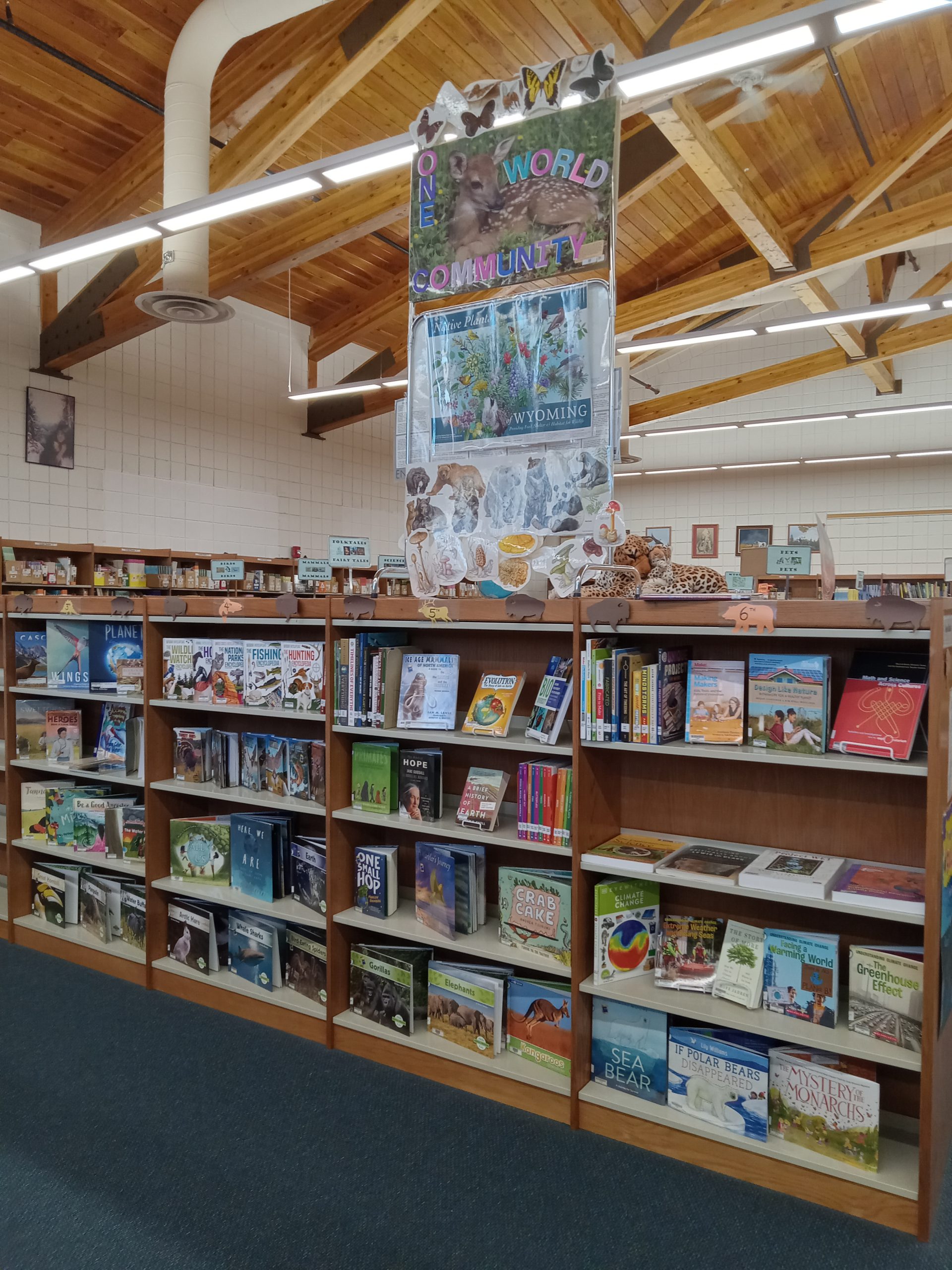Author: jbrehm2
-

Nebraska holds Carnegie designation for engagement
In recognition of its wide-ranging outreach efforts across Nebraska, the university earned the Carnegie Foundation’s community engagement classification in 2024. Chancellor Rodney D. Bennett said, “The Carnegie Engaged Campus designation is a testament to the University of Nebraska-Lincoln’s ongoing commitment to advance communities across Nebraska. This designation is a significant milestone in our university’s 154-year…
-
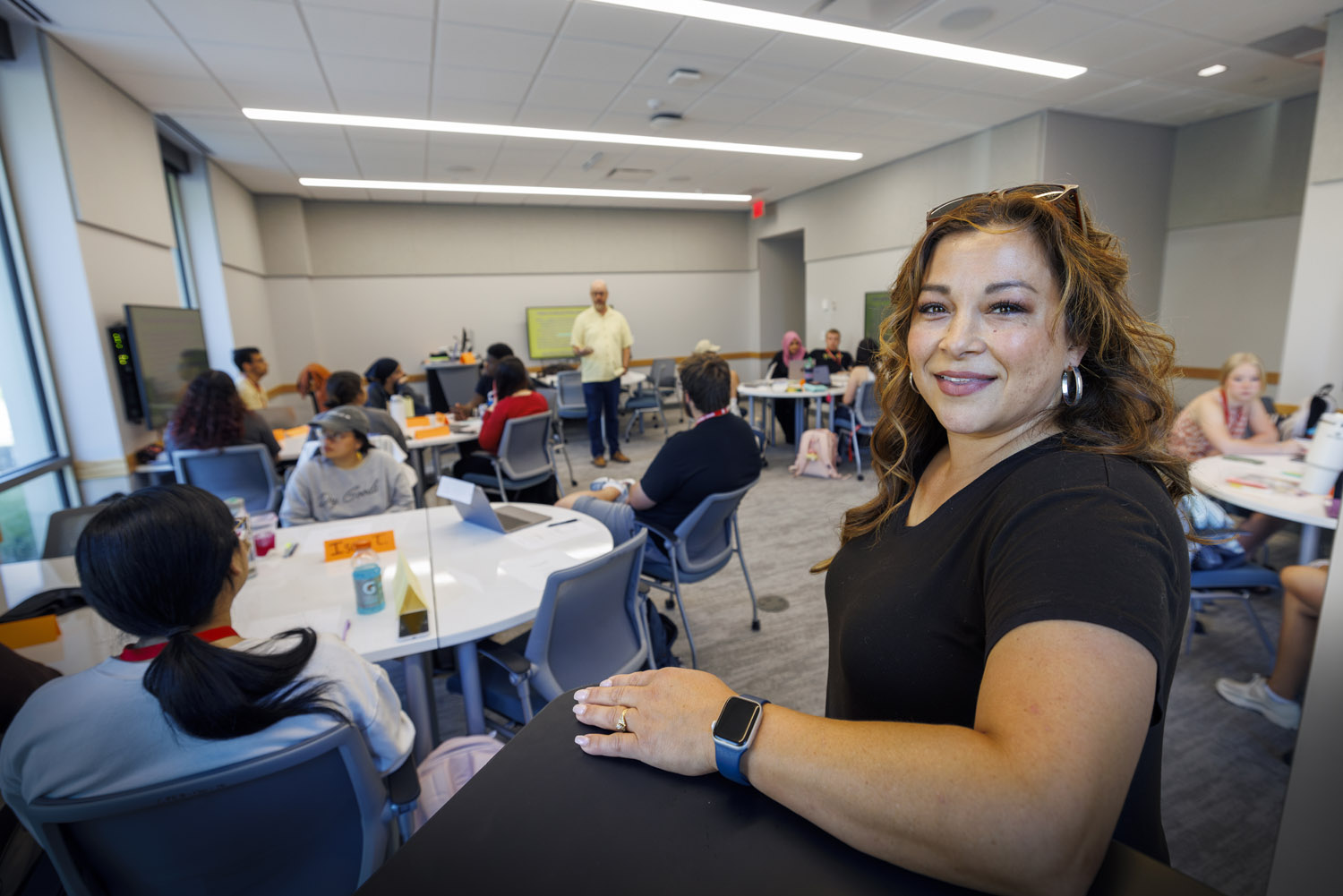
Supporting the next generation of teachers
Fewer students are choosing careers in education, or they become disenchanted before their careers are fully launched. Without them, schools face a growing shortage of schoolteachers, particularly in districts with increased ethno-racial and linguistic diversity. To bolster teacher ranks, Nebraska launched Project RAÍCES, a pilot program to help recruit, retain and diversify the next generation…
-
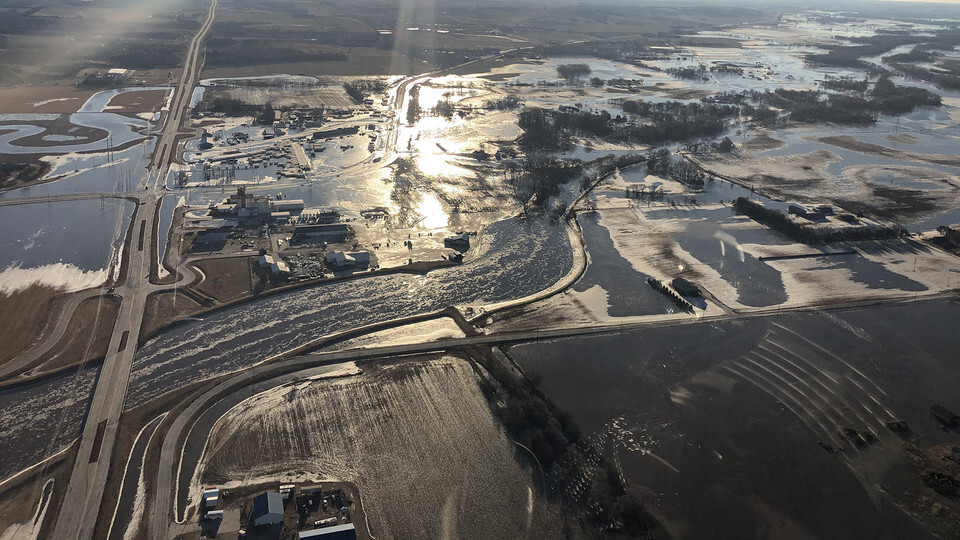
Fortifying communities for future weather threats
The 2019 flooding in Nebraska stands out for its ferocity, but it was part of a national two-decade trend of floods that are more widespread, longer lasting and more costly. Husker experts are working with communities and regional planners to develop long-term mitigation plans that will better position the state for future severe weather. The…
-

Uniting around a shared history
Nearly 150 years ago, the Otoe-Missouria Tribe was forced to relocate from southeast Nebraska to Oklahoma. Today, Nebraskans are welcoming back the tribal nation. Margaret Jacobs, director of Nebraska’s Center for Great Plains Studies, and Christina Faw Faw Goodson, an Otoe-Missouria educator, historian and cultural linguist, co-lead a multifaceted project aiming to reconnect Otoe-Missourians with…
-
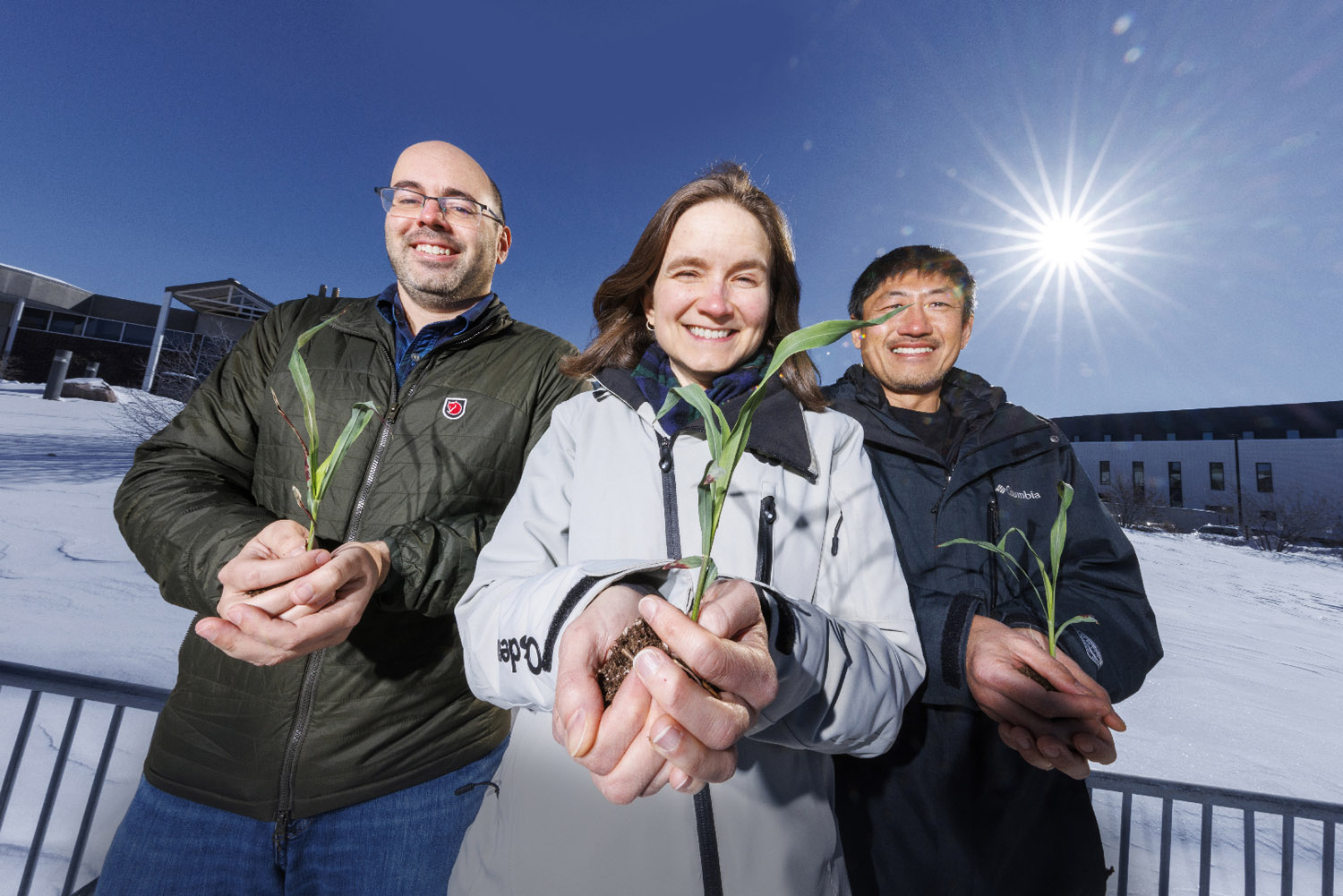
Helping crops survive cold snaps
Sorghum is a major player in shaping agricultural sustainability, with its low seed cost, drought tolerance and water use efficiency. But the grain has a major shortfall: It’s cold intolerant, limiting the regions where it can thrive. Husker plant scientist Rebecca Roston leads a team aiming to give sorghum – and eventually, its close relative…
-

Ensuring guardrails hold up against electric vehicles
As electric vehicles surge in popularity, Nebraska’s Midwest Roadside Safety Facility is sending multi-ton electric cars and trucks crashing into guardrails and military barriers to determine how well they hold up. EVs weigh more and have a lower center of gravity than gas-fueled vehicles, which alter the forces acting on barriers. Nebraska’s facility is one…
-
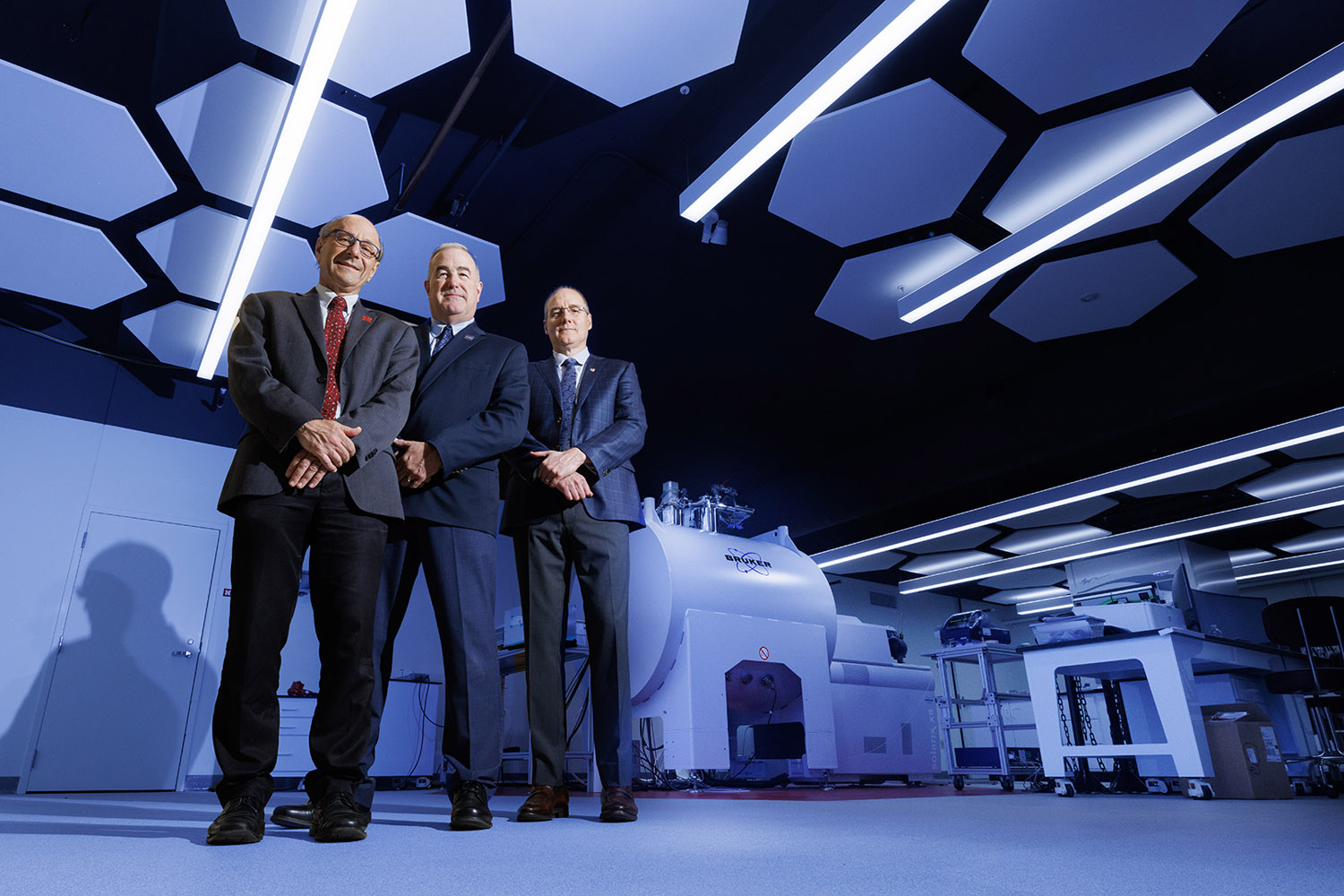
Safeguarding against acute radiation syndrome
Radiation poisoning remains a threat to U.S. military personnel. To help protect troops, an interdisciplinary team of University of Nebraska researchers is developing novel drug therapies to prevent or counter its effects. NU’s National Strategic Research Institute, which guides the effort, received $24.5 million from the Defense Health Agency of the U.S. Department of Defense…
-
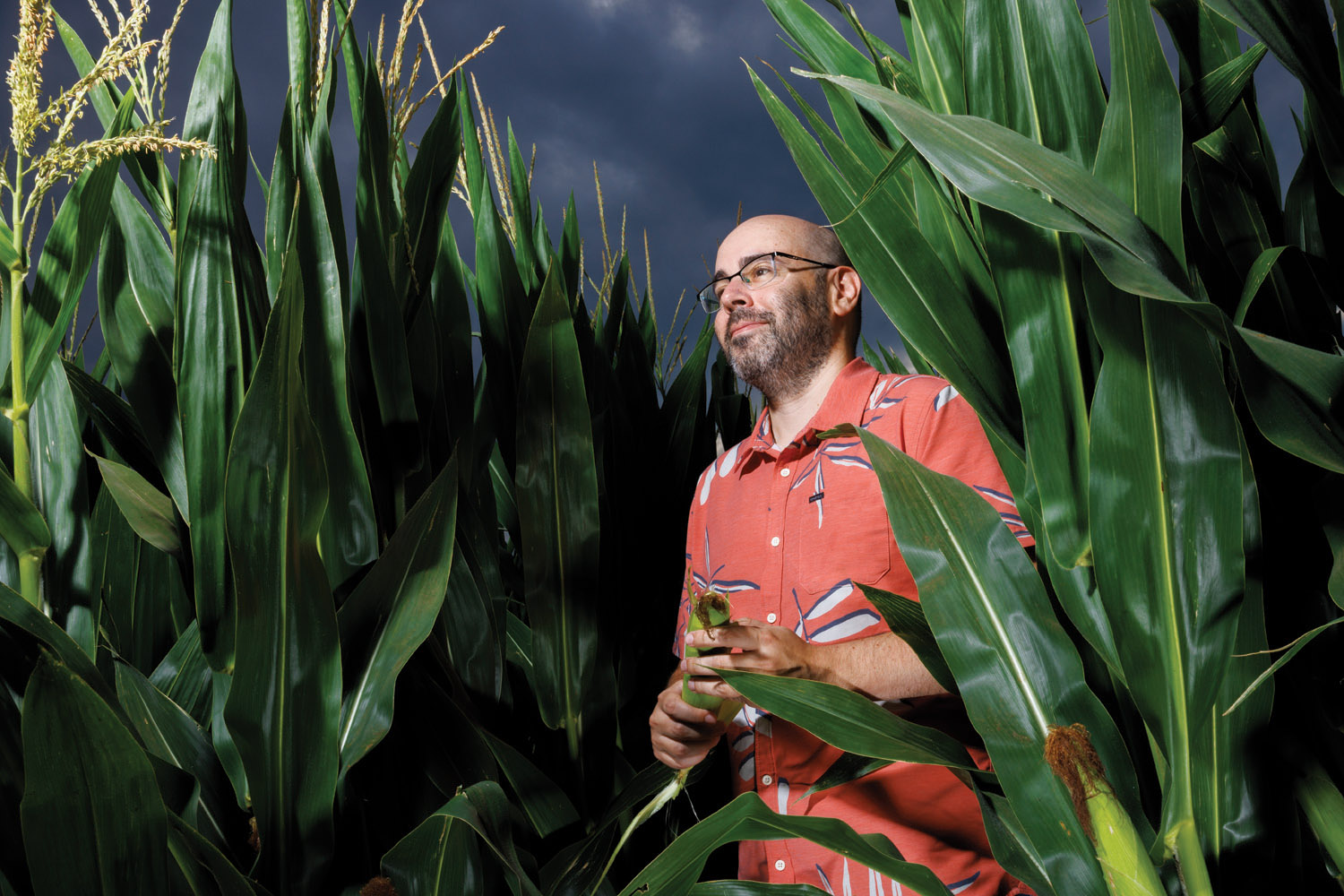
Mapping the complete corn genome
James Schnable Surprising fact: There are more genes in a corn plant than in a human being. Corn’s entire set of genes — its genome — is also extremely complex, making it more challenging to decode as well. Nebraska agronomist James Schnable helped create the first complete map of the corn genome, a landmark achievement…
-
From the Vice Chancellor
Accelerating research growth Nebraska Research celebrates the prominence, excellence and impact of faculty, staff and students. We are driven to seek solutions that improve lives, stimulate economic prosperity and deepen understanding of the world. As the state’s land-grant, Carnegie R1 institution and only member of the Big Ten Academic Alliance, the University of Nebraska–Lincoln has…
